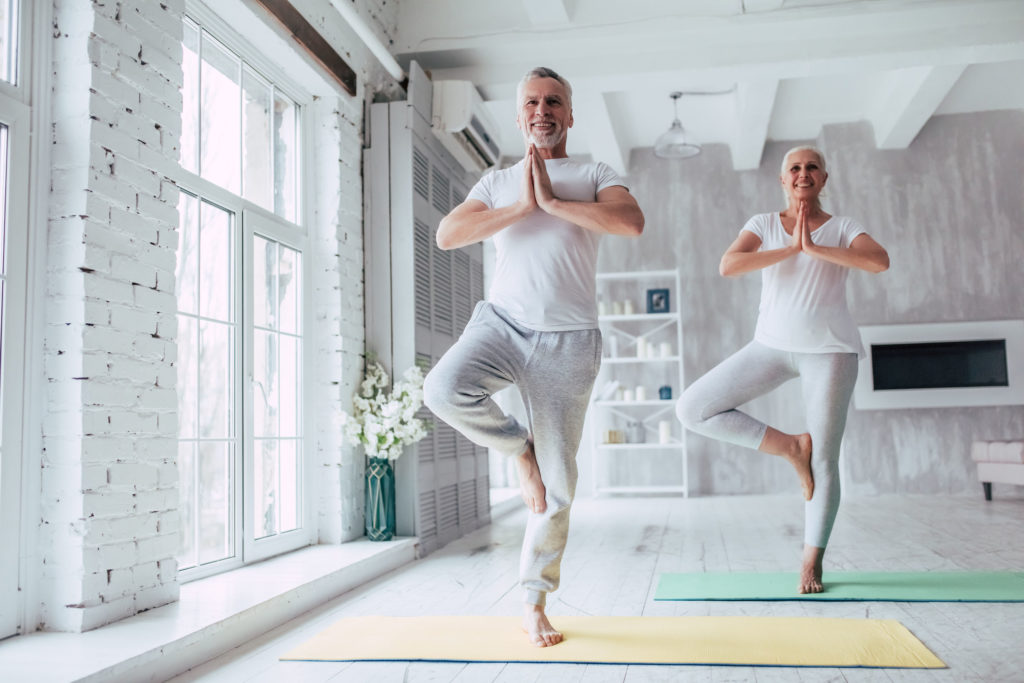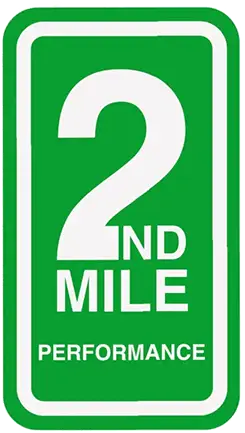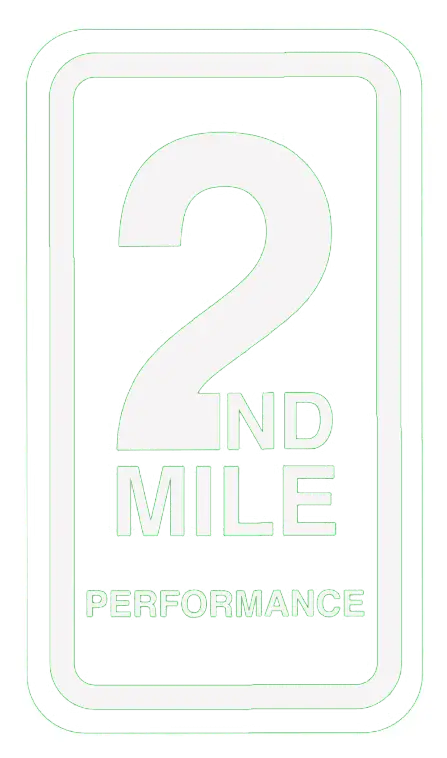Running Gait Training in Alamosa, CO
Optimize Your Running Stride in Alamosa, CO
Do you struggle with discomfort or inefficiency in your running form? Are you experiencing pain, fatigue, or a lack of speed when you run? You are not alone. Many runners face gait issues that impact their performance and long-term joint health. At 2nd Mile Performance, our experienced physical therapists provide expert guidance to help runners develop an efficient, pain-free stride that enhances endurance, prevents injuries, and improves overall running mechanics. We tailor our training programs to meet each runner’s specific needs and performance goals.
What Affects Running Gait Efficiency?
Running mechanics involve intricate interactions between muscles and joints. Inefficiencies in one or multiple areas can lead to pain, wasted energy, and increased injury risk.
Here are some common causes of inefficient running gait:
-
Muscle Imbalances
-
Weakness or tightness in key muscle groups can disrupt stride efficiency and lead to compensatory movement patterns.
-
-
Improper Foot Strike
-
Landing mechanics significantly impact energy transfer, propulsion, and joint stress.
-
-
Postural and Core Stability Deficits
-
A weak core can lead to poor alignment, causing excess strain on the lower body.
-
-
Overstriding
-
Excessive step length increases braking forces, slowing forward momentum and increasing injury risk.
-
Identifying specific gait inefficiencies allows our team to implement targeted strategies to enhance running mechanics and overall performance.
Comprehensive Running Gait Assessments in Alamosa
Understanding stride patterns and movement inefficiencies is crucial for developing customized treatment plans that optimize running performance and reduce injury risk.
Our evaluations include:
-
Gait Analysis: Examines stride length, foot strike, cadence, and overall mechanics.
-
Muscle Strength Testing: Identifies muscular imbalances affecting running form.
-
Footwear Assessment: Ensures shoes support optimal biomechanics and comfort.
-
Flexibility Testing: Pinpoints tightness that may contribute to inefficient movement patterns.
-
Running-Specific Drills: Evaluates movement coordination and endurance to guide training modifications.
These detailed assessments provide a strong foundation for developing individualized strategies that promote more efficient, pain-free running.
Personalized Training for Improved Running Performance
Our skilled clinicians design individualized training programs to refine your running technique, improve biomechanics, and enhance efficiency. These programs integrate evidence-based interventions, including:
-
Stride Optimization Drills: Reinforce proper foot placement, cadence, and hip engagement.
-
Strength and Conditioning: Targets key muscle groups for enhanced propulsion and injury prevention.
-
Form Corrections: Adjustments to running posture and mechanics for smoother, more efficient movement.
-
Mobility and Flexibility Training: Improves range of motion to support proper gait mechanics.
-
Endurance Conditioning: Enhances stamina and energy conservation for long-distance running.
We continuously adjust your training plan based on progress and feedback to ensure sustained improvements in performance and comfort.
Why Proper Gait Training Matters for Runners
Generic running programs often fail to address the root causes of inefficient stride mechanics. Our customized, research-backed approach provides superior results by:
-
Reducing Injury Risks: Improved form minimizes stress on joints, muscles, and tendons.
-
Enhancing Running Efficiency: Proper gait mechanics optimize energy usage and speed.
-
Improving Comfort and Performance: Pain-free movement allows for more enjoyable and productive training sessions.
-
Preventing Long-Term Issues: Early corrections in gait mechanics help avoid chronic overuse injuries.

FAQs: Running Gait Training Questions
What are the most common causes of running injuries?
Muscle imbalances, poor form, improper footwear, overuse, and inefficient stride mechanics contribute to common running injuries.
How can gait training improve my running performance?
Optimizing foot strike, stride length, and cadence reduces energy waste and increases speed, efficiency, and endurance.
What factors contribute to inefficient running form?
Weakness, poor flexibility, overstriding, and incorrect biomechanics can all disrupt an efficient gait pattern.
Start Improving Your Running Gait Today
Don’t let inefficient running mechanics limit your performance, comfort, or long-term health. At 2nd Mile Performance, our specialized gait training programs help runners develop optimized, pain-free strides for better endurance, speed, and injury prevention.
Contact us today to schedule your running gait analysis and start refining your stride for peak performance.
About The Author
Dr. Joshua Merrick, a licensed Physical Therapist specializing in movement optimization and rehabilitation, has dedicated their career to enhancing athletic performance and preventing injuries. Practicing at 2nd Mile Performance in Fort Garland, Dr. Merrick combines cutting-edge techniques with personalized care to support runners in achieving their goals.
Schedule Your Evaluation in Alamosa, CO
Take the first step toward refining your running stride. Call us today to schedule an assessment and receive a personalized training plan to help you run efficiently and pain-free.


